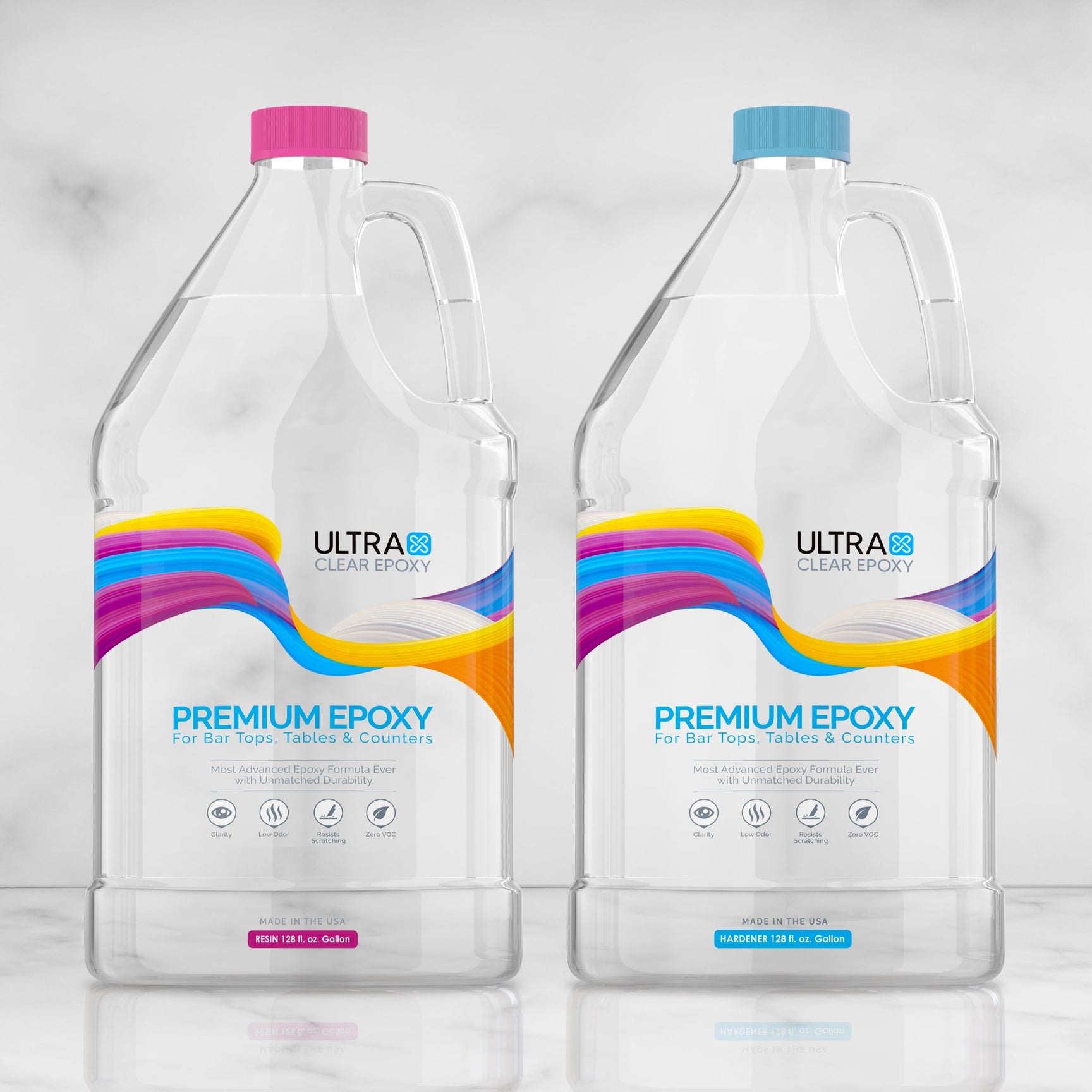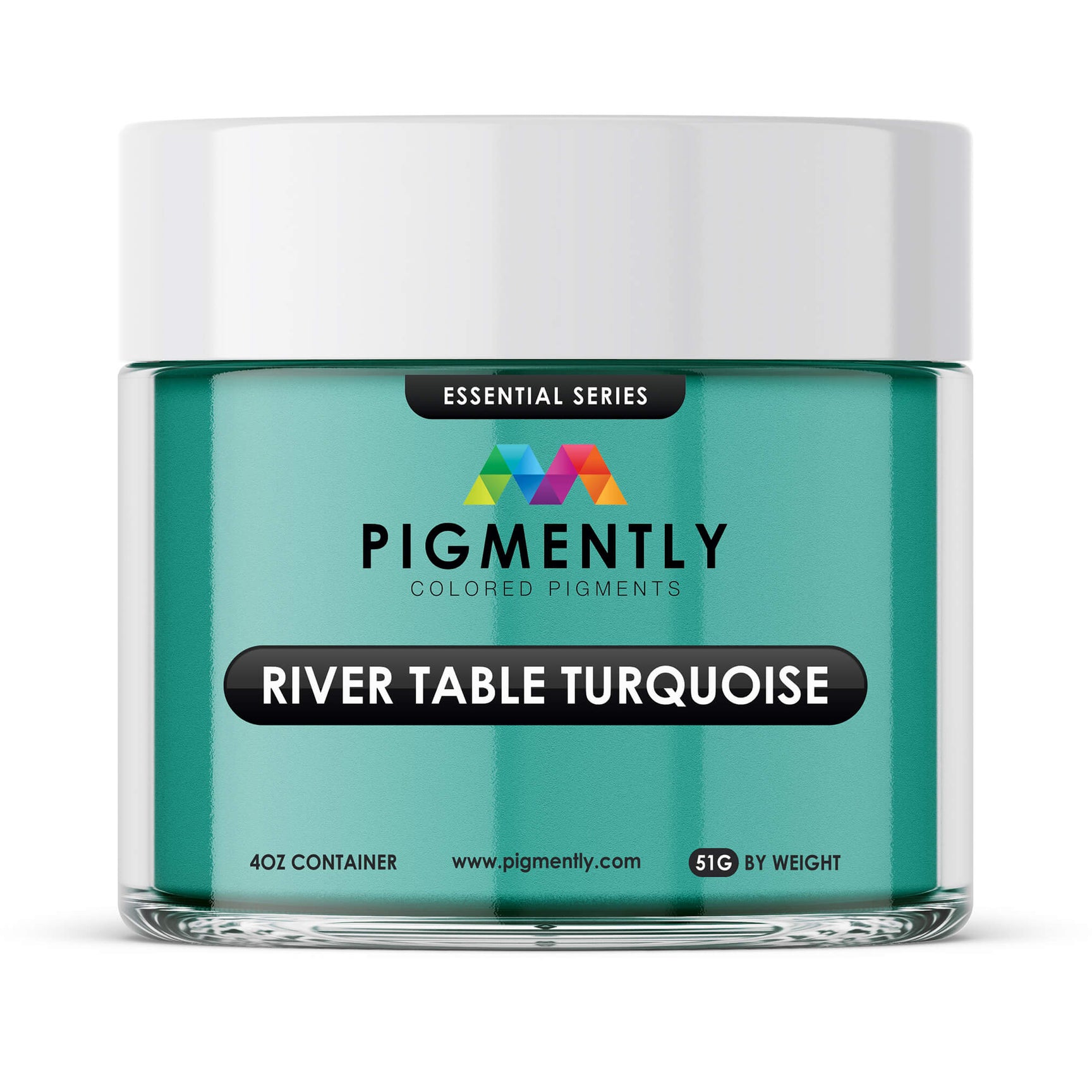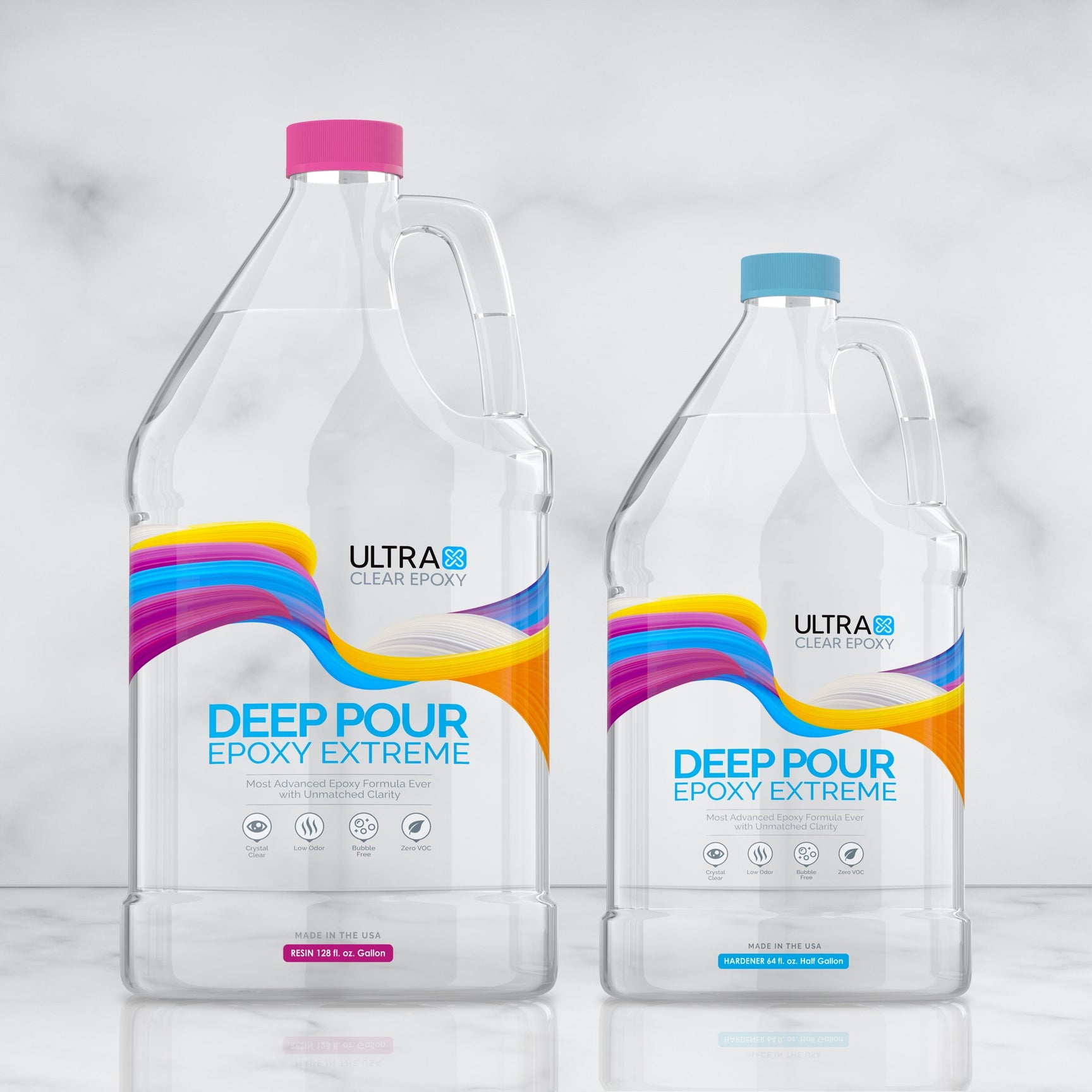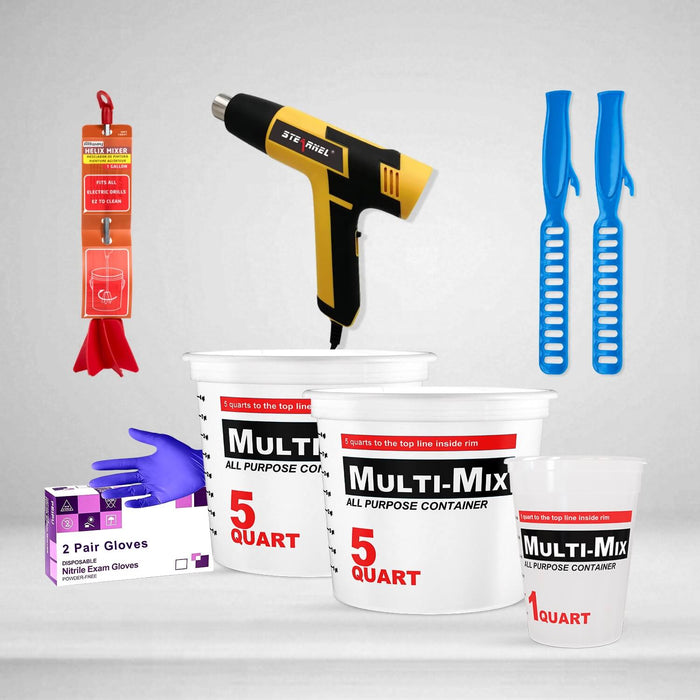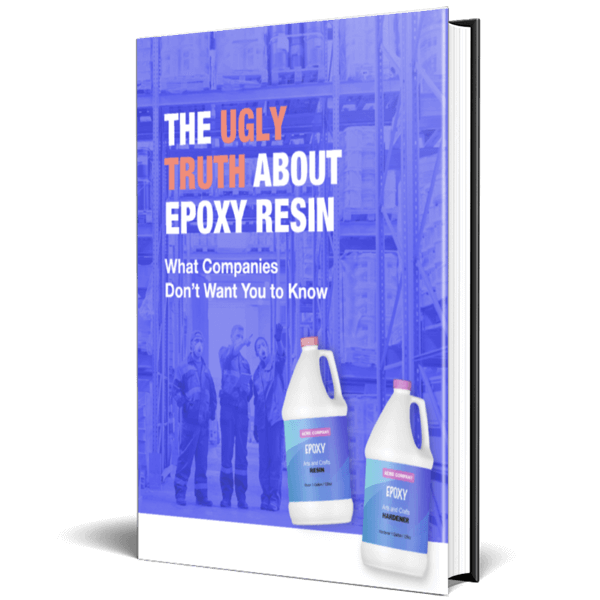Although epoxy can bond with numerous different surface materials, there's a notable set commonly used for interior decor projects like epoxy countertops, table tops, and other types of furniture or art, as well as some structural materials such as concrete and ceramic.
This article will cover that material set, along with a few outliers.
Common decor materials that bond well with epoxy
We'll start with a list of the typical interior decor materials. These are things like wood and many metals, including stainless steel and copper.

- Wood - This one is fairly straightforward. Epoxy bonds well with most porous surfaces, and wood is one of the most reliable choices for it. Epoxy and wood make a good combination, as each provides its advantages to the other.
- Stainless steel - Stainless steel is used in nearly every construction and crafting project type. With epoxy, you can expect a good, strong bond as long as the surface is properly prepared and clean.
- Copper - Copper is much like steel in this regard.
- Bamboo - Bamboo is often categorized as wood in construction, but it's technically a form of grass. It has no natural woody interior, but otherwise functions similarly as a substrate material. It will bond well with epoxy.
It's our UltraClear Table Top Epoxy that tends to get used most for these types of projects.
Structural materials that can fuse with epoxy adhesive
- Concrete - Concrete is often used for garage flooring, and epoxy is an excellent choice for a protective coating on garage floors. It costs more than leaving the floor bare, but it's generally worth it for the value it brings by safeguarding the concrete and preventing different types of damage such as moisture, which can weaken or soften the concrete over time.
- Stone - Much like with concrete, epoxy can form successful bonds with stone flooring. Just prepare the surface first as usual.
- Various metals - Metals are very accepting of many adhesives, especially epoxy resin. Copper, brass, aluminum, etc, can all be used for a substrate when applying epoxy resin.
The typical epoxy countertop materials

There's not much to say about each of these individually. Epoxy will bond with most countertop surface materials, so unless you're using something unusual, it's probably fine.
- Granite
- Marble
- Laminate
- Formica (a type of laminate)
- Quartz
- Porcelain
It never hurts to ask if you're uncertain, so feel free to contact us at any time to speak to an epoxy expert.
Many materials embed well in epoxy.
Although objects embedded in epoxy don't have to be ideal for bonding, it definitely doesn't hurt. Here are some frequent choices we've seen epoxy users go with, listed below.

- Corks - Cork as a material in general is good, but specifically corks (like from wine bottles) are a popular choice for embedments in epoxy table tops. They look nice and are easy to position for aesthetic appeal.
- Pennies - Pennies are also a nice choice due to their thin, flat shape and good bonding structure. We've seen these in countertops, bar tops, and epoxy penny floors and tables.
- Bottle caps - Bottle caps are much like pennies and corks in how they fare with epoxy.
- Stickers - Stickers usually have adhesive on one side and a hydrophobic surface on the other, though not always. You'll still find them ok for embedment, but because they are thin and can be slippery, we recommend gluing them down to your substrate, then applying a seal coat of epoxy before moving onto the main coats.
- Photos - Photos are handled similarly to stickers. In fact, almost all paper will benefit from a sealing coat of mod podge to protect it from the epoxy resin in its liquid state. This will prevent discoloration or other subtle damage while the epoxy is still curing.
- Paper - Protect your paper with something like Mod Podge after gluing it to your substrate. Only then should you apply a seal coat to secure it in place before pouring your floor coat or deep pour coat (if using our Deep Pour Epoxy).
- Shells, sand and rocks - Beach themes are a common choice for epoxy art and river tables, owing to both epoxy's glasslike finish and ability to retain color pigments made from mica powder, as well as certain liquid pigments. As such, we are listing these together.
The number one thing about embedding objects is that you want to make sure you prepare the embedments properly before you do any epoxy pouring. It's really difficult to undo things after that step of the epoxy process.
Have questions? Want planning advice? Contact us!
If you have questions about any of these materials or something not listed here, please reach out to us at UltraClear Epoxy. Our epoxy experts are ready to assist you in planning your project and can help you make sure you get just what you need.
You can contact us via phone or email here, and you can also text chat online directly with an epoxy expert by clicking the help button on the bottom right of your screen.


